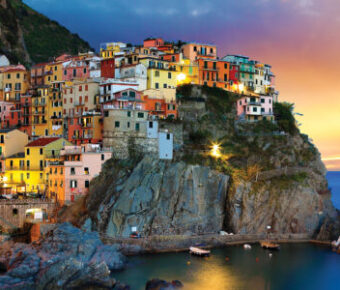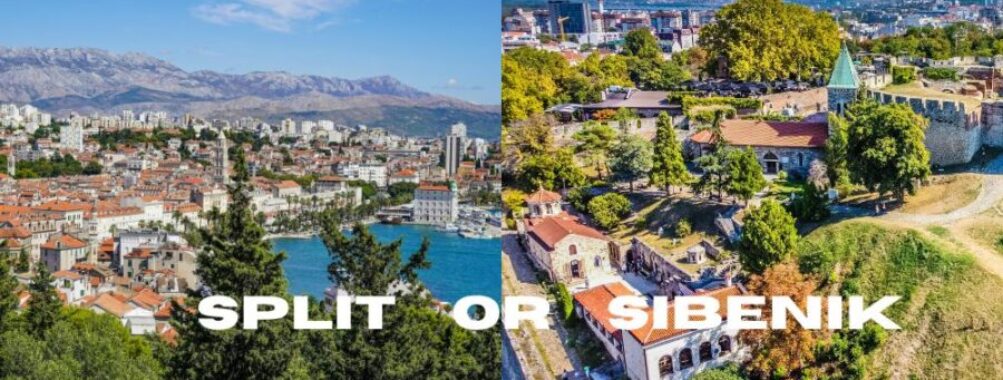
Split vs Belgrade: Hidden Gems & Local Insights in These Balkan Rivals
Split and Belgrade stand as two of southeastern Europe’s most captivating cities, each with its own unique charm. The coastal Croatian gem of Split draws visitors with its stunning beaches and ancient Roman ruins, while Serbia’s capital Belgrade pulses with energy and rich cultural heritage.
Choosing between these cities comes down to preferences and budget – Split costs about 20% more than Belgrade but offers Mediterranean beaches and better-preserved historic sites. The trade-off makes sense when comparing their distinct personalities – Split shines with its seaside location and Roman architecture, while Belgrade delivers amazing nightlife and a more urban vibe.
Want to explore stunning coastal views and walk through 1,700-year-old Roman palaces? Book a trip to Split through a trusted travel site. Looking for vibrant city energy, incredible food scenes, and more affordable prices? Belgrade might be the perfect match. Both cities pack centuries of fascinating history into their streets and offer unforgettable experiences for different types of travelers.
Table of Contents
- Historical and Cultural Context
- Historical Significance
- Cultural Landmarks and Heritage
- Local Customs and Traditions
- Geography and Climate
- Geographical Features
- Weather Patterns
- Best Time to Visit
- Cost of Living Analysis
- Housing and Accommodations
- Food and Groceries
- Transportation
- Entertainment Options
- Healthcare and Personal Care
- Economic Overview
- Employment Opportunities
- Average Income Levels
- Economic Growth
- Lifestyle and Recreation
- Restaurants and Dining
- Sports and Outdoor Activities
- Nightlife and Entertainment
- Family and Childcare
- Fashion and Clothing
- Frequently Asked Questions
- What are the historical comparisons between Split and Belgrade?
- How can one travel from Split to Belgrade, and what are the available modes of transport?
- Which city, Split or Belgrade, has a richer cultural heritage?
- Could you compare the gastronomical experiences on offer in Split versus Belgrade?
- In terms of nightlife, how does Split compare with Belgrade?
- Book Your Dream Experience
- More Travel Guides
Historical and Cultural Context
Both Split and Belgrade showcase rich historical legacies that span thousands of years, from ancient Roman times through medieval kingdoms to modern-day cultural hubs. These cities preserve their unique heritage while embracing contemporary life.
Historical Significance
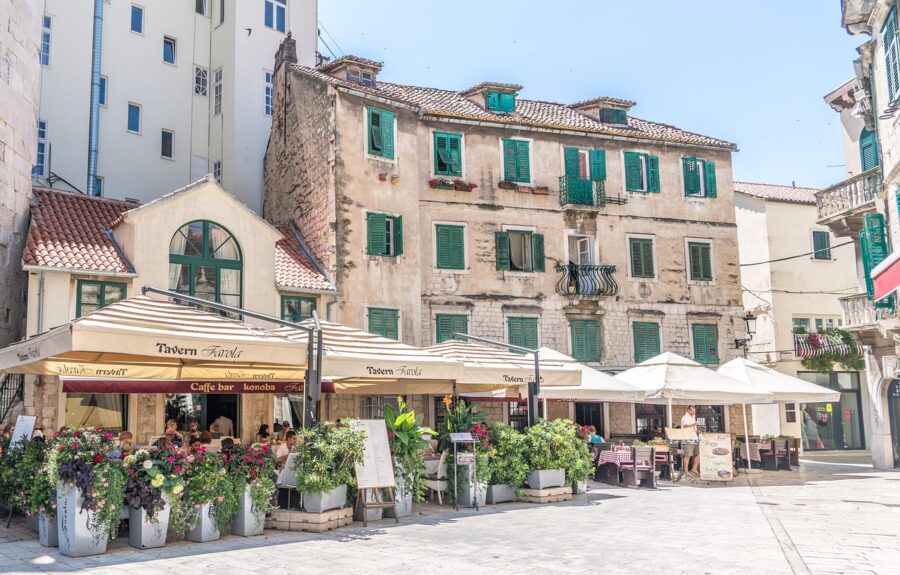
Split grew from Roman Emperor Diocletian’s retirement palace in the 4th century AD. The palace walls still form the heart of Split’s Old Town today. People live and work in these ancient structures, making it a rare example of continuous urban life within Roman ruins.
Belgrade’s history stretches back over 7,000 years. The city stood at the crossroads between the Ottoman and Austro-Hungarian empires. Its strategic location at the confluence of the Sava and Danube rivers made it a frequent target for conquests.
The city changed hands more than 40 times throughout its history. This tumultuous past shaped Belgrade’s resilient character and diverse architectural styles.
Cultural Landmarks and Heritage
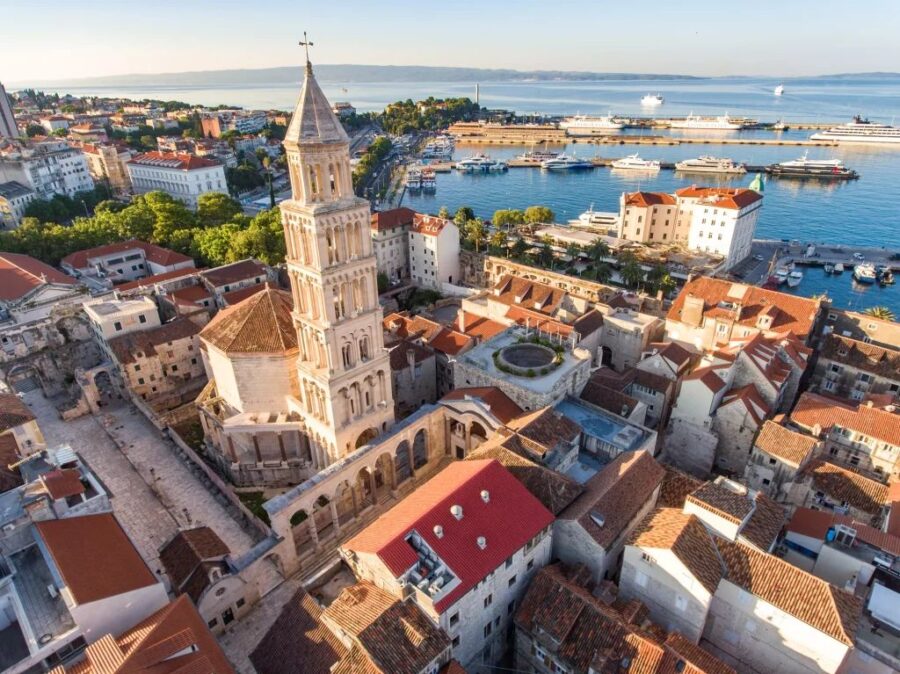
Split’s UNESCO-listed Diocletian’s Palace forms an amazing open-air museum. Ancient Roman architecture blends with medieval churches and modern shops. The Cathedral of Saint Domnius, built in the 4th century as Diocletian’s mausoleum, stands as Croatia’s oldest cathedral.
Belgrade’s Kalemegdan Fortress dominates the city skyline. This massive complex tells the story of the city’s strategic importance through centuries of conflict and peace. The fortress now houses several museums and beautiful parks.
The Temple of Saint Sava in Belgrade ranks among the largest Orthodox churches worldwide. Its white marble and granite construction makes it a striking landmark visible from many parts of the city.
Local Customs and Traditions
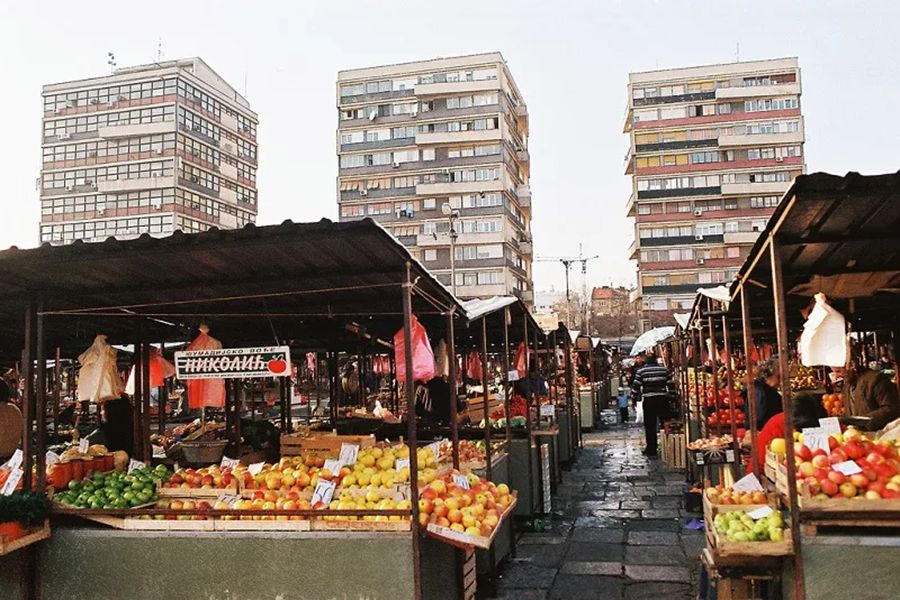
Split’s Mediterranean lifestyle centers around the waterfront promenade, known as the Riva. Locals gather here for coffee, meals, and the traditional evening stroll called ‘đir’.
Street markets play a big role in daily life. Split’s Green Market (Pazar) buzzes with vendors selling fresh produce, while Belgrade’s Kalenic Market offers local specialties and homemade goods.
Belgrade’s café culture runs deep, with outdoor terraces filled year-round. The concept of ‘merak’ – taking time to enjoy life’s simple pleasures – guides social interactions.
Traditional music remains important in both cities. Split celebrates Dalmatian klapa singing, while Belgrade keeps Serbian folk music alive through regular performances and festivals.
Geography and Climate
Split and Belgrade showcase distinct geographical features and climate patterns that shape their unique character and appeal to visitors in different seasons.
Geographical Features

Split sits along Croatia’s Dalmatian Coast, nestled between limestone mountains and the sparkling Adriatic Sea. The city spreads across a peninsula with the stunning Marjan Hill rising to the west.
Belgrade stands at the meeting point of two major rivers – the Danube and Sava. The city spans rolling hills and plains, with its historic fortress perched dramatically above the river confluence.
Both cities benefit from their waterfront locations. Split’s harbor bustles with boats heading to nearby islands. Belgrade’s riverbanks provide miles of walking paths and beaches.
Weather Patterns
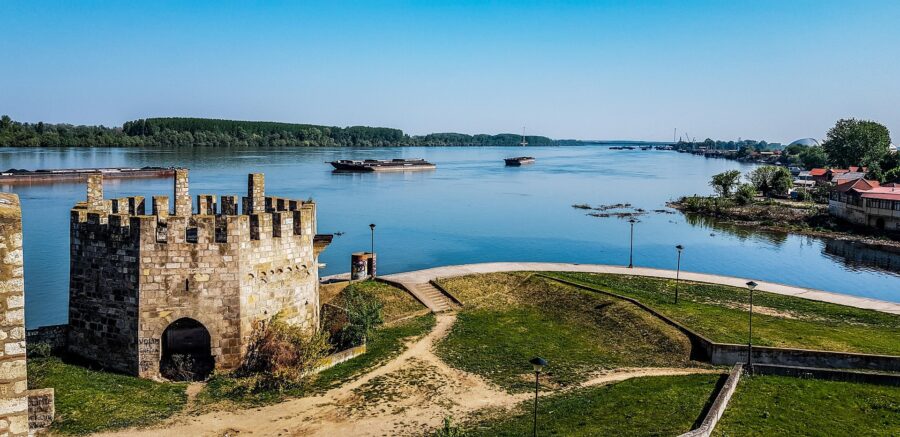
Split enjoys a classic Mediterranean climate with mild, rainy winters and warm, sunny summers. Summer temperatures reach around 38°C, while winter rarely dips below -9°C.
Belgrade experiences more temperature extremes. Summer highs can soar to 43°C, and winter lows can plunge to -24°C. The city gets four distinct seasons with hot summers and cold winters.
Rain patterns differ significantly between the cities. Split sees most rainfall in winter months, staying fairly dry in summer. Belgrade gets steady precipitation throughout the year.
Best Time to Visit

Split shines from May through October when warm temperatures make beach activities and island hopping perfect. September offers ideal conditions with fewer crowds and pleasant swimming weather.
Belgrade’s prime visiting season runs from April to October. Spring and fall bring comfortable temperatures and colorful scenery. Summer festivals fill the city with energy despite the heat.
Winter visits suit different goals in each city. Split stays mild enough for sightseeing. Belgrade transforms into a cozy winter destination with festive markets and indoor activities.
Cost of Living Analysis
Belgrade offers significant cost savings compared to Split, with prices about 20% lower across most categories. Living costs in Serbia’s capital can stretch your budget further while still maintaining a comfortable lifestyle.
Housing and Accommodations
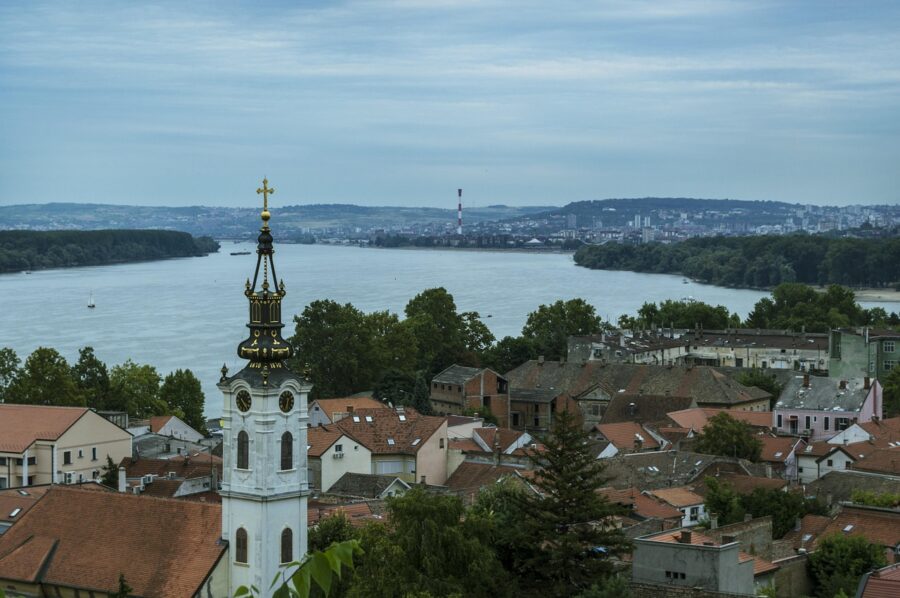
Monthly rent in Belgrade runs 15-25% cheaper than Split for similar properties. A one-bedroom apartment in Belgrade’s city center costs around €500-600, while Split commands €650-800 for comparable units.
The utility costs show notable differences too. Basic utilities in Belgrade average €100-150 monthly for an 85m² apartment. Split residents pay about €150-200 for the same services.
Property prices follow this pattern. Buying an apartment in Belgrade costs around €2,000-3,000 per square meter in central areas. Split’s prices reach €3,500-4,500 per square meter in prime locations.
Food and Groceries
Grocery shopping reveals meaningful savings in Belgrade. Basic items cost about 15% less than Split.
A typical grocery list in Belgrade:
- 1L milk: €1.10
- Fresh bread: €0.80
- 1kg chicken: €5
- 1kg local fruits: €1.50-2
Restaurant prices show bigger gaps. A casual meal in Belgrade costs €8-12, while Split restaurants charge €12-18 for similar dishes.
Local markets in Belgrade offer fresh produce at great prices. The famous Kalenic and Zeleni Venac markets sell seasonal items for 30-40% less than supermarkets.
Transportation
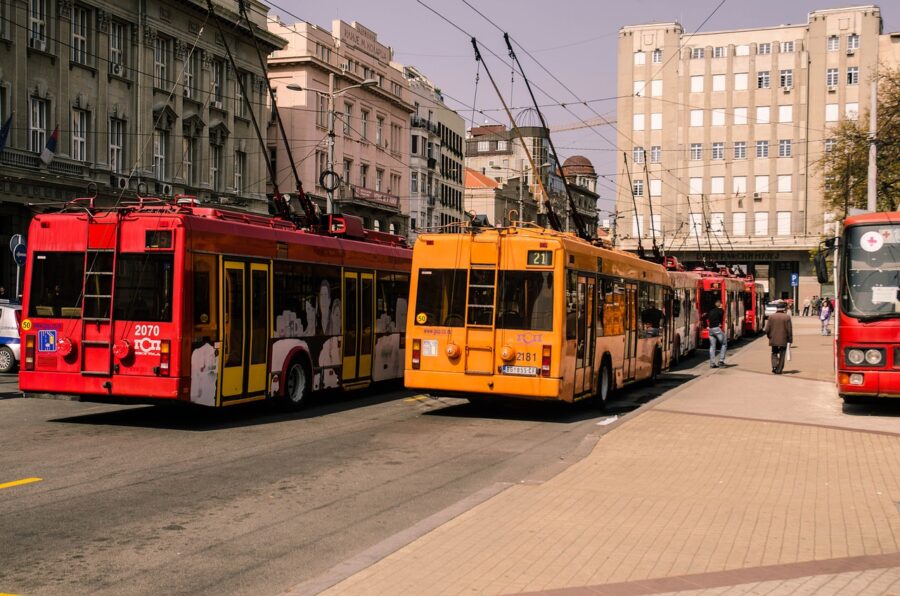
Public transport in Belgrade costs less and covers more ground. A monthly pass runs about €25, compared to Split’s €40.
Taxi fares start at €1.50 in Belgrade, with per-kilometer rates around €0.60. Split’s taxis charge €3 starting fare and about €1 per kilometer.
Fuel prices stay similar in both cities, but car maintenance costs less in Belgrade. Parking fees in Belgrade’s center range from €1-2 per hour, while Split charges €2-4.
Entertainment Options
Belgrade’s entertainment scene proves more budget-friendly. Movie tickets cost €5-7, versus €8-10 in Split.
Nightlife expenses differ notably:
- Beer at bars: €2-3 in Belgrade, €4-5 in Split
- Club entry: €5-10 in Belgrade, €10-15 in Split
- Concert tickets: 20-30% cheaper in Belgrade
Cultural venues like museums and theaters charge modest fees in Belgrade, typically €3-8 for entry. Split’s attractions often cost €8-15.
Healthcare and Personal Care
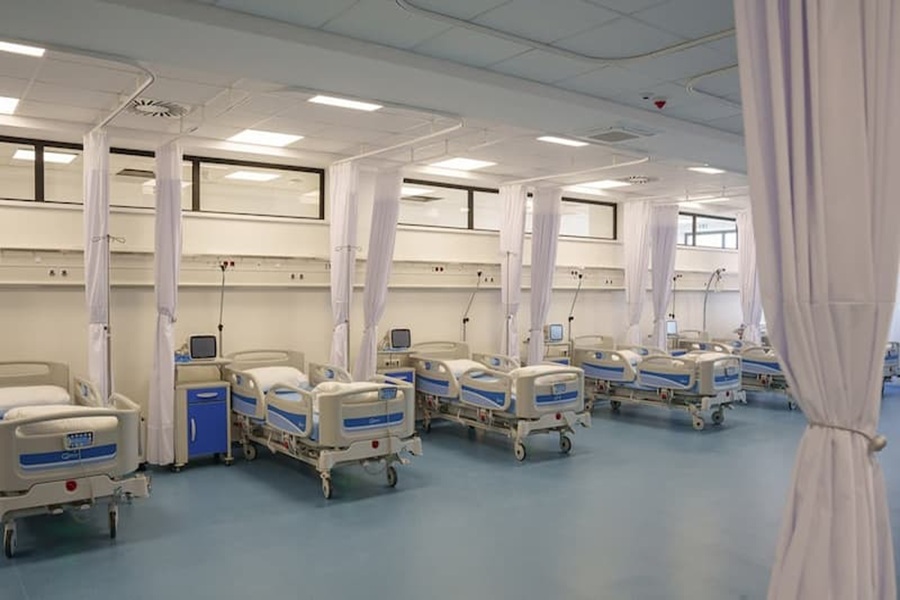
Private healthcare costs about 30% less in Belgrade. A specialist visit costs €30-50, while Split charges €50-80.
Basic personal care items run cheaper in Belgrade:
- Haircut: €10-15 (men), €15-25 (women)
- Gym membership: €25-35 monthly
- Basic hygiene products: 15-20% less than Split
Dental work shows big savings in Belgrade. A basic cleaning costs €25-35, compared to €40-60 in Split.
Economic Overview
Split and Belgrade show distinct economic differences in living costs, purchasing power, and financial opportunities. The gap between these cities reflects broader economic trends across Croatia and Serbia.
Employment Opportunities
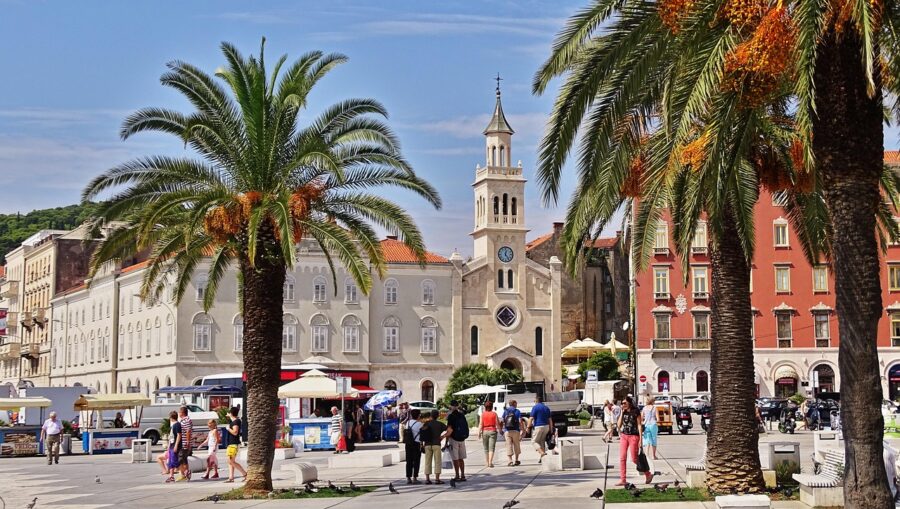
Both cities maintain active job markets in different sectors. Split’s economy relies heavily on tourism, creating seasonal work peaks from May to October. The city sees strong demand for hospitality workers, tour guides, and service industry professionals.
Belgrade’s job market offers more year-round stability. The tech sector is growing fast, with many international companies setting up offices. Construction and finance sectors provide steady employment.
Remote work opportunities are expanding in both cities. Split attracts digital nomads with its coastal lifestyle, while Belgrade draws them with lower living costs.
Average Income Levels
The typical monthly salary in Split reaches about €1,200, higher than Belgrade’s average of €900. This difference affects daily life and savings potential.
Living costs match these income patterns:
- Rent: 20% higher in Split
- Groceries: 23% higher in Split
- Utilities: Similar in both cities
- Transportation: More expensive in Split
A professional’s salary goes further in Belgrade due to lower costs. An IT worker making €2,000 monthly can afford a nicer apartment and more luxuries there.
Economic Growth
Split’s economy grows steadily through tourism and real estate development. New hotels and apartments keep appearing along the coast. The tech park helps diversify the economy beyond tourism.
Belgrade shows faster economic growth. New construction projects pop up frequently. The city attracts foreign investors, especially in:
- Technology
- Manufacturing
- Real estate
- Retail
Investment opportunities look promising in both places. Belgrade offers better returns on property investment due to lower entry costs and rising values.
Lifestyle and Recreation
Split and Belgrade offer distinct lifestyle experiences shaped by their unique cultures and locations. Each city provides diverse options for dining, activities, and entertainment that cater to different preferences and budgets.
Restaurants and Dining
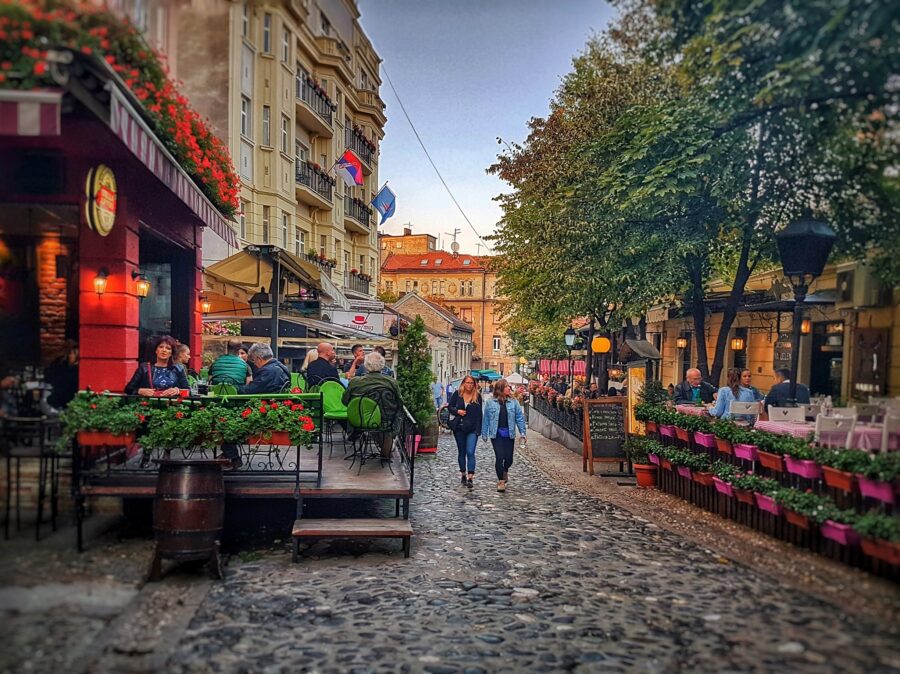
Split’s waterfront promenades sparkle with seafood restaurants and Mediterranean eateries. Fresh fish, grilled meats, and local wines fill the menus at prices ranging from €15-40 per meal at mid-range spots.
Traditional konobas (taverns) in Split’s old town serve authentic Dalmatian dishes like pašticada and black risotto. The food scene focuses on coastal Croatian cuisine with Italian influences.
Belgrade’s restaurant scene mixes Serbian traditions with modern dining. The average meal costs €10-25, making it more affordable than Split.
The Skadarlija district features traditional kafanas serving hearty Balkan dishes like ćevapi and pljeskavica. New fusion restaurants and international cuisine have popped up across Belgrade’s trendy neighborhoods.
Sports and Outdoor Activities
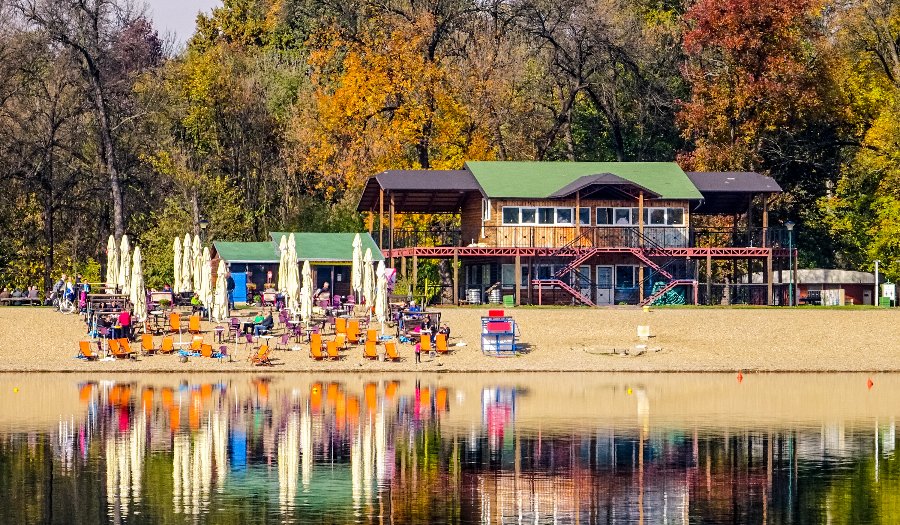
Split’s coastal location enables year-round water sports like swimming, sailing, and kayaking. The nearby Marjan Hill offers hiking trails and rock climbing spots with sea views.
Public sports courts and facilities dot the city. Local football culture thrives around Hajduk Split, the beloved hometown club.
Belgrade’s outdoor scene centers on Ada Ciganlija, an artificial lake with beaches, cycling paths, and sports courts. The Danube and Sava rivers host water sports and boat tours.
Parks like Kalemegdan and Tašmajdan provide green spaces for running and recreation. Basketball courts are popular gathering spots, reflecting Serbia’s strong basketball tradition.
Nightlife and Entertainment
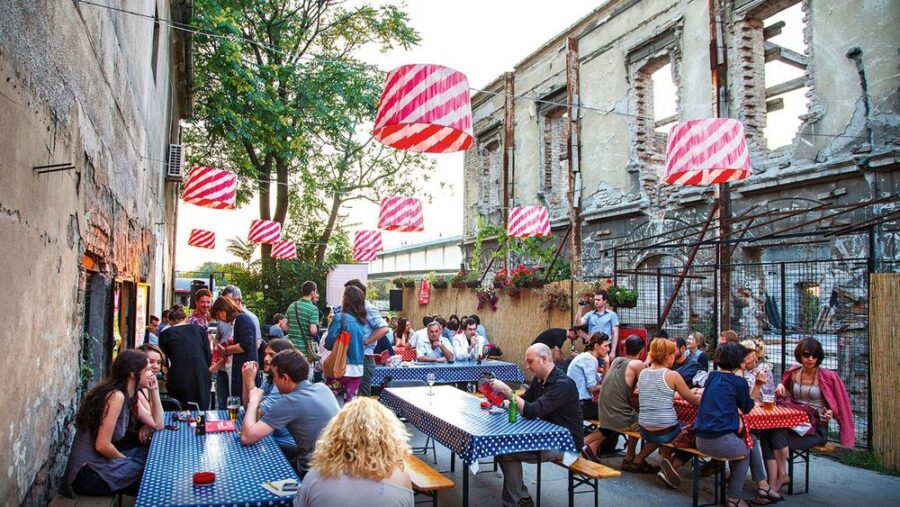
Belgrade’s famous nightlife includes floating river clubs called splavovi. These venues host parties until sunrise, with most charging no entry fee. The Savamala district buzzes with alternative bars and live music.
Clubs in Split concentrate around the Bačvice beach area and old town. The scene is more seasonal, peaking in summer with beach parties and festivals. Entry fees range from €5-15.
Both cities feature busy cafe cultures. Coffee shops stay open late and often transform into bars at night.
Family and Childcare
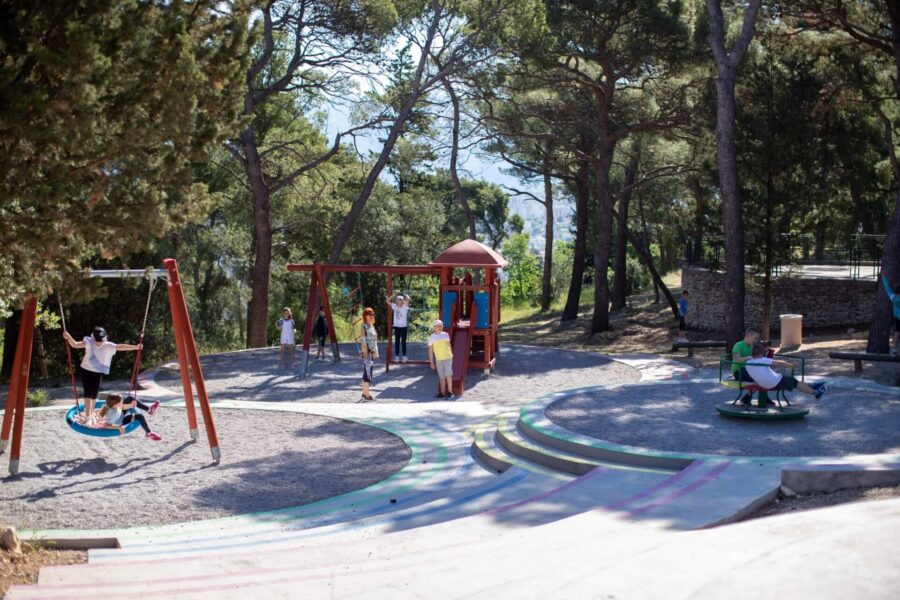
Split offers several public playgrounds and family beaches. Private daycare costs about €300-400 monthly. The compact city layout makes it easy to navigate with children.
Family-friendly activities include the natural history museum and aquarium. The calm beaches provide safe swimming areas for kids.
Belgrade has larger parks and more indoor activity centers for children. Daycare costs less, averaging €200-300 monthly. Public schools welcome international students.
Fashion and Clothing
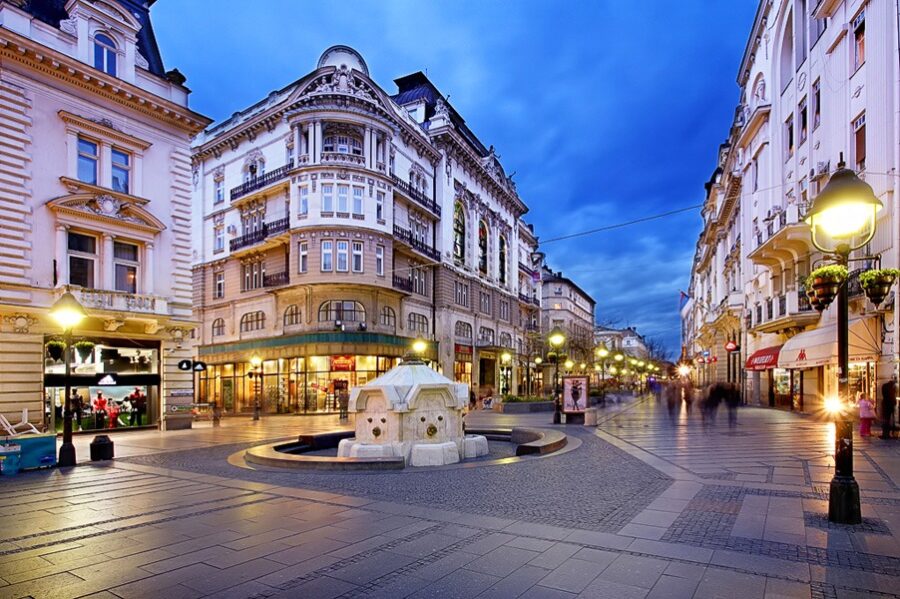
Split’s style reflects Mediterranean influences with casual, beach-friendly fashion. Local boutiques sell summer wear and beachwear at moderate prices.
Shopping centers like City Center One stock international brands. Clothing prices match typical EU levels, with basic items starting at €20-30.
Belgrade’s fashion scene combines Balkan style with international trends. Shopping is more affordable, with local brands offering quality clothes at lower prices.
The city hosts Serbian Fashion Week and features designer boutiques in Knez Mihailova Street. Vintage shops and markets provide budget-friendly options.
Frequently Asked Questions
Split and Belgrade offer distinct experiences shaped by their unique locations, histories, and modern cultures – from coastal Mediterranean vibes to vibrant Balkan energy.
What are the historical comparisons between Split and Belgrade?
Split began as a Roman emperor’s palace in the 4th century. The ancient walls and structures still stand in the city center, creating a living museum where people shop and dine.
Belgrade’s history stretches back to Celtic times. The city changed hands between Ottoman and Austrian empires, giving it a mix of Eastern and Western influences.
How can one travel from Split to Belgrade, and what are the available modes of transport?
Flying takes about 1 hour and costs between $45-128 depending on the season. September typically offers the cheapest flights.
Bus travel provides an affordable option at around $40 for a ticket. The journey showcases beautiful Balkan landscapes along the way.
Private transfers with English-speaking drivers give travelers flexibility and comfort between these major cities.
Which city, Split or Belgrade, has a richer cultural heritage?
Split’s UNESCO-listed Diocletian’s Palace forms the heart of the city. Roman architecture blends with later Venetian influences throughout the historic center.
Belgrade’s Kalemegdan Fortress stands as a symbol of its strategic importance. The city’s museums showcase artifacts from Celtic, Roman, Ottoman, and Yugoslav periods.
Could you compare the gastronomical experiences on offer in Split versus Belgrade?
Split specializes in Dalmatian seafood, fresh fish grilled with olive oil, and Mediterranean herbs. Local wines from nearby islands complement coastal dishes perfectly.
Belgrade excels in hearty Balkan meat dishes, especially grilled specialties called rostilj. The city’s kafanas serve traditional Serbian food with live music.
In terms of nightlife, how does Split compare with Belgrade?
Belgrade’s famous party scene includes floating nightclubs on rivers and underground bars in converted factories. The city stays active until sunrise most nights.
Split offers seaside bars and beach clubs during summer months. Ancient palace walls create unique backdrops for evening entertainment and outdoor concerts.

